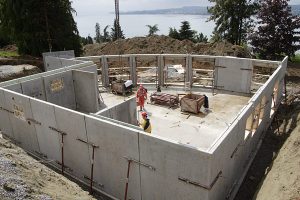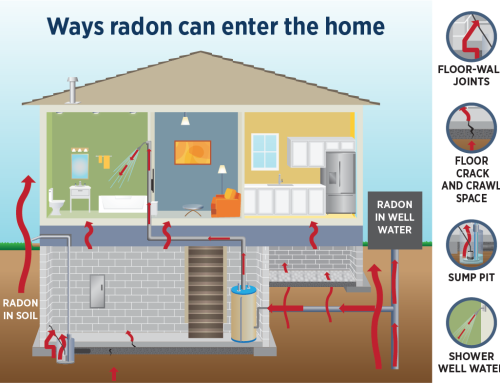 Since my wife is European, she and I often spend time in Europe, both touring and visiting family and friends. Being that I come from an engineering and construction background, I cannot help but notice the construction practices and their comparison to American standards when we travel.
Since my wife is European, she and I often spend time in Europe, both touring and visiting family and friends. Being that I come from an engineering and construction background, I cannot help but notice the construction practices and their comparison to American standards when we travel.
The thing I notice most is that European homes are far more energy efficient, and their energy efficiency is a result of their standards of construction. Their homes are robust, and built to last 400 years (estimated) without having to make substantial repairs.
The drawback is that whereas a home built in America can be completed in just a few months, one built there, as in Germany, can take up to three times longer to construct, or nearly a year. And the cost of new construction is higher, and can be out of reach of many people.
The major difference is that all of the exterior walls are constructed from insulated concrete block mounted on metal rebar frames or poured concrete called Kalksandsteinmauerwerk. The block interiors are filled with a styrofoam-type product. Because of the thick walls, their homes maintain a more comfortable temperature year-round. And while not as aesthetically attractive architecturally as many American homes that are typically made of wood, they are soundproof as well.
Interestingly, all of the mechanical systems—the heated floors, electrical systems, plumbing, etc.—need to be installed first, and then the concrete foundation is constructed around them. They have only one opportunity to get it right. In America, we construct the walls first, and then the systems.
Here are some other differences I’ve noticed between European and American home construction:
- Europeans don’t use forced air heating or cooling systems; they use radiant heat from the floor or radiators, and their heating and cooling use water systems inside the floor or walls, not wired ones. It is not unusual to find a German home without air conditioning. The water systems can increase humidity levels within the home, but this can easily be fixed by opening the windows for 15 minutes to allow a fresh air flow, even in wintertime.
- Solar energy is popular to heat water, and tax subsidies are offered for solar usage. Homeowners can also make money by feeding excess energy back into the grid. Solar panels cost less to install and the tax credit is greater.
- Roof systems are totally sustainable; you see a lot of slate or clay tiles being used that have a minimum of a 50-year warranty. In the U.S., we lay thin asphalt shingles that may have a 25-40 year life expectancy.
- Windows are extremely energy efficient, with thick frames and glass, and screens are generally not used.
- German homes also use what are called Rolladens on outside windows that can be opened or closed to control sunlight and interior temperatures.
- Low-voltage LEDs are used for lighting.
- Toilets have two buttons for flushing, a small one for an low-flow flush (about 1 gallon) and a larger button for a 2-gallon flush. In American an older toilet will use about 3.6 gallons of water, and a new ultra-low-flow will use about 1.6 gallons.
- Appliances, like the refrigerator and oven are also smaller than American standards.
- Green practices rule, and whatever can be recycled is recycled. For instance, when a home is torn down, it is shredded and its elements are used as backfill to avoid filling up the landfill.
- Energy costs are much higher; where Americans might spend 9 cents per kilowatt hour, European energy may run as high as 24 cents per kilowatt hour.
Need to examine your home’s construction practices? Call Först.
As a construction expert, it’s hard not to notice what consumes my work world on a daily basis. If you are interested in investigating the construction practices on your home or remodel, please contact Först Consulting Group for a free consultation.




